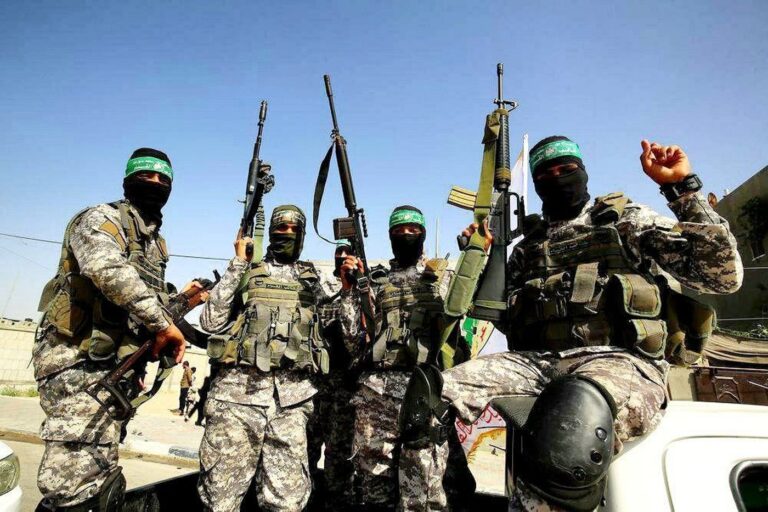 The following data is provided by Israel’s Central Bureau of Statistics.
The following data is provided by Israel’s Central Bureau of Statistics.
In 2007, Jerusalem’s population numbered 746,300, of which 489,480 (two-thirds) are Jews and non-Arab goyim (non-Jews). 256,820 are Arabs.
Statistics continue to point to a decline in the number of people living in the capital, documenting in 2007, 6,390 fewer people made Jerusalem their home as compared to the number of people who left.
50% of the 12,360 people who left the capital were classified as “religious” or “chareidi”, dispelling reports that the chareidim are taking over Yerushalayim.
Expensive rentals and purchase prices of homes are the primary factor in prompting people to seek housing elsewhere. Many of the religious moved to Modi’in Illit (Kiryat Sefer), Betar Illit, Bet Shemesh, and Tel Tzion.
1990-2007, 284,850 people left Yerushalayim while 174,560 moved in, representing a negative migration – a loss of 110,200.
Arab birthrate in 2007 was higher than that of Jews, 30.5 births per 1,000 while the Jewish birthrate was 25.8 births per 1,000. The Jewish rate represents a 3.9% increase as compared to 2006. The Arab birthrate was 4.0% higher than the previous year.
The death rate in the Jewish sector in 2007 was higher, 5.2% per 1,000 as compared to the Arab sector, 2.8% per 1,000.
The total number of overnight hotel stays in 2007 was reported at 3,521,000 with 82% being foreign visitors and the remainder Israelis.
(Yechiel Spira – YWN Israel)











2 Responses
I assume that the death rate for Jews, R”L, is not enough for the Arabs. Let’s pray for Moshiach!
With a negative internal growth rate (death rate higher than birth rate) of -1.3%, the Jewish population of Yerushalayim dropped by 6,445 people BEFORE factoring in migration. If the TOTAL population shift was -6,390, that means migration actually shows an INCREASE 55 people. IY”H this means a REVERSAL of the negative migration trend.